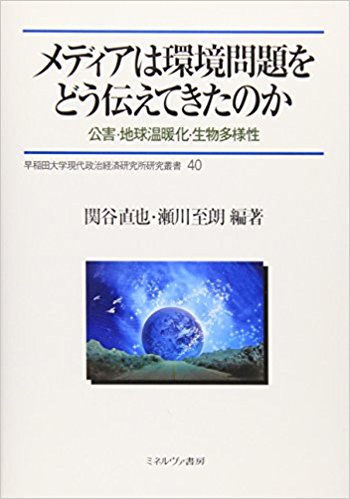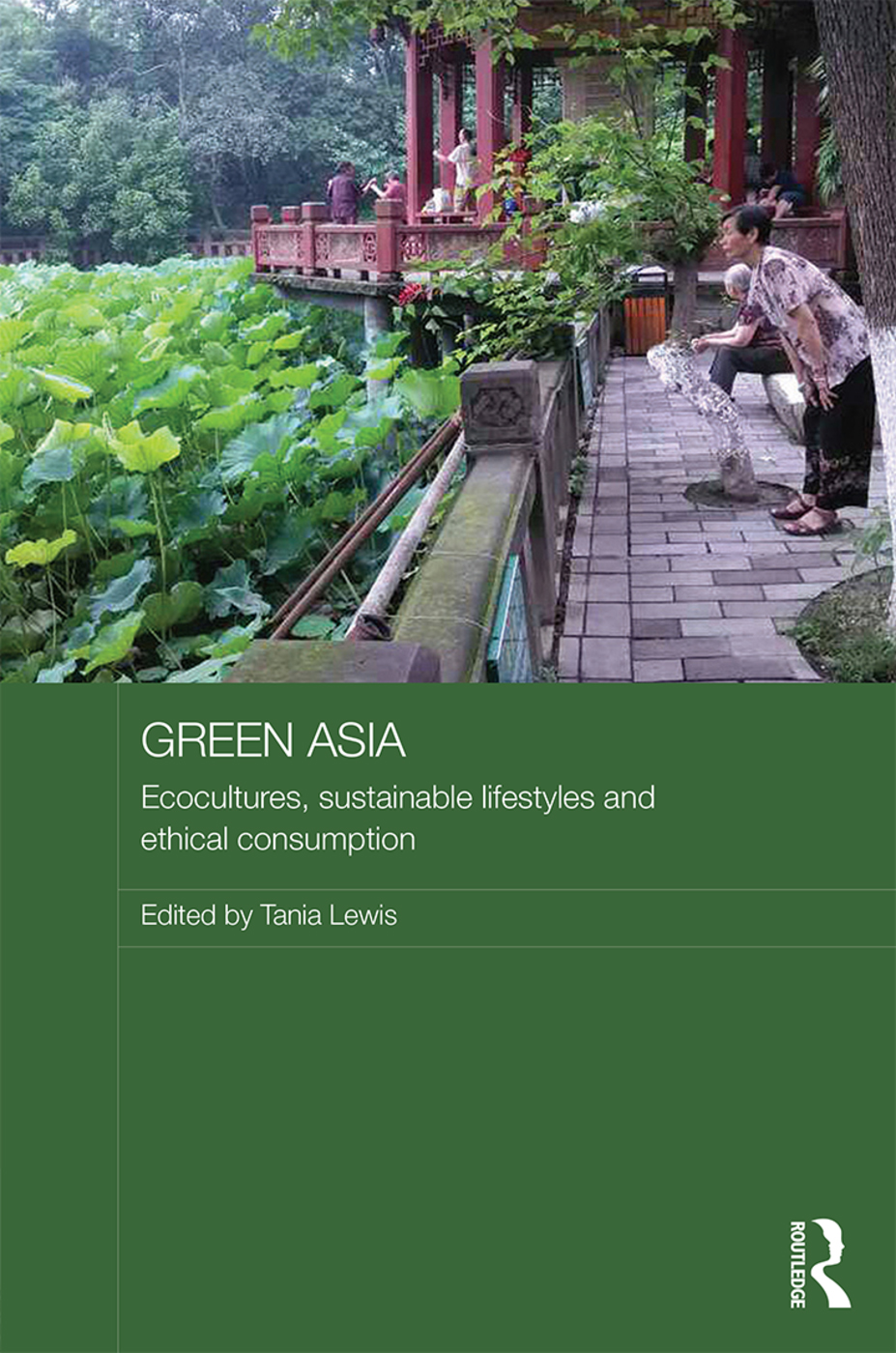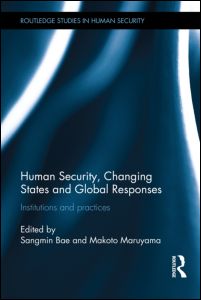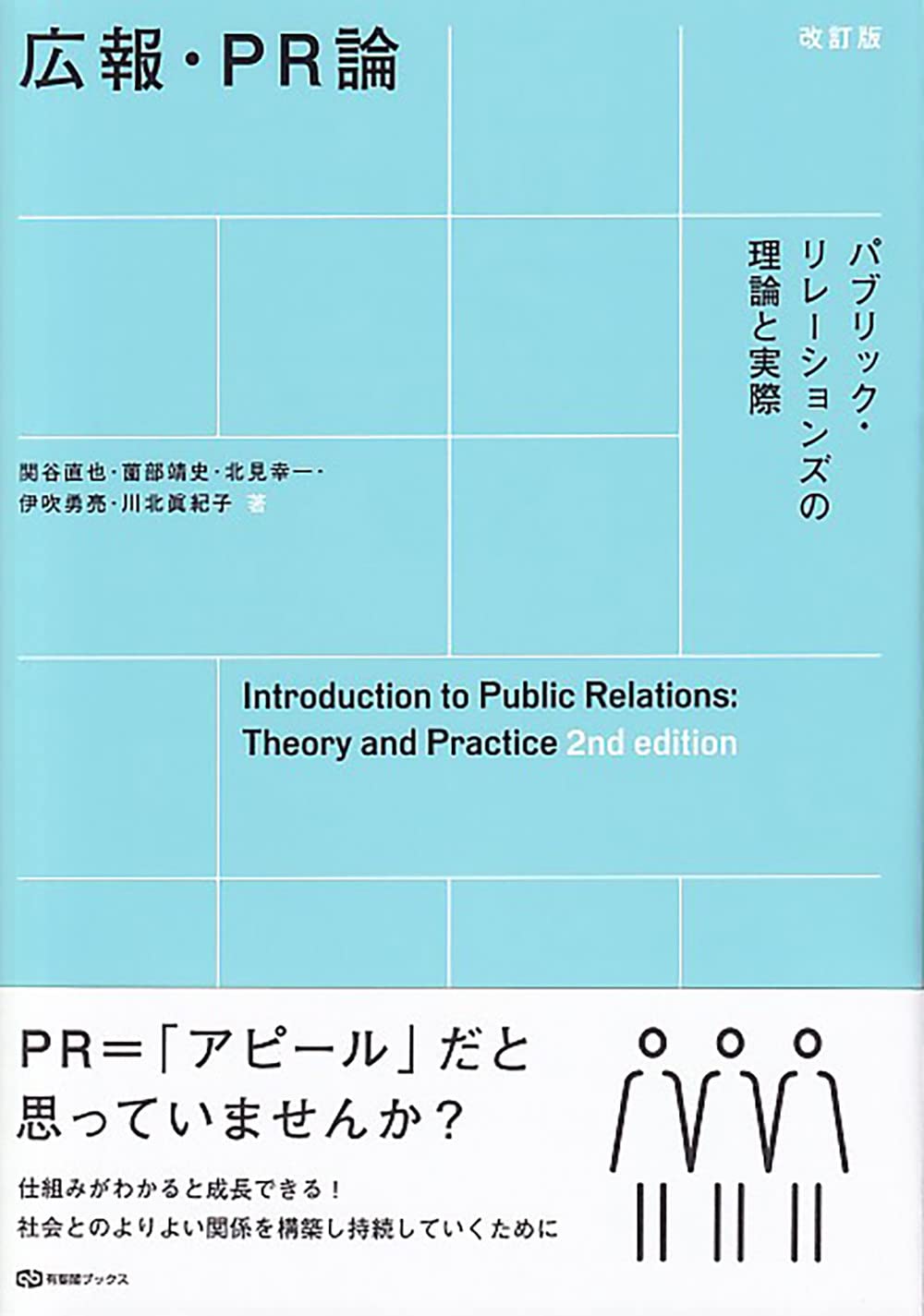
Title
Waseda Institute of Political Economy (WINPEC Archives) Vol. 40 Media wa kankyomondai wo dou tsutaetekitanoka? (How Has the Media Presented Environmental Issues?: Pollution, Global Warming, and Biodiversity)
Size
338 pages, A5 format
Language
Japanese
Released
April 15, 2015
ISBN
978-4-62-307363-4
Published by
Minerva Shobo
Book Info
See Book Availability at Library
Japanese Page
From the late 1980s to the 2000s, climate change and other global environmental issues have been central problems in the post-Cold War world. These issues have become major topics covered by the media and journalists. This book surveys and identifies new trends in both Japanese and foreign research on media and journalism related to environmental issues that have emerged along with growing public interest in pollution since the late 1960s and in global warming since the late 1980s. After summarizing past media and journalism research related to environmental issues and that on closely related fields such as science communication and risk studies, this book discusses the following topics: media coverage of pollution in Japan, global environmental issues (including how this coverage has changed after the Great East Japan Earthquake), radioactive contamination in Japan, biodiversity, the relationship between NGOs and media, and the relationship between media and government policy.
Pollution and environmental issues have been constant topics of news coverage since the late 1960s. However, unlike topics such as politics, economics, foreign affairs, or sports, for which there are dedicated reporters or departments, environmental issues are not typically covered daily. Nevertheless, reporting is not completely random or coincidental. There were times when there was media coverage of events and trends related to environmental issues, notably around 1970, 1990, and 1997. It was covered by reporters in various departments including politics, economics, and science, as well as the social section. In the 2000s, as advertisements and public relations activities related to environmental issues increased, entertainment and sports newspapers also dealt with environmental issues. Environmental issues have thus become a unique area that cuts across conventional and new categories.
Media and journalism research investigates published articles or reports. Thus, it is essentially issue-oriented and cannot be separated from social interest and specific topics. Attempting to trace the comprehensive process of media coverage of the single issue of the environment over the long term is tantamount to elucidating how social problems have been defined by the media and the limits of efforts by the media to bring social problems to light. It is because of this narrow focus on the coverage of environmental issues that the entire media and journalistic process, from news sources to sender, content, and audience, can be analyzed. Based on this analysis, this book presents a new perspective and approach for media and journalism research.
(Written by Naoya Sekiya, Project Associate Professor, Interfaculty Initiative in Information Studies / 2017)



 Find a book
Find a book










